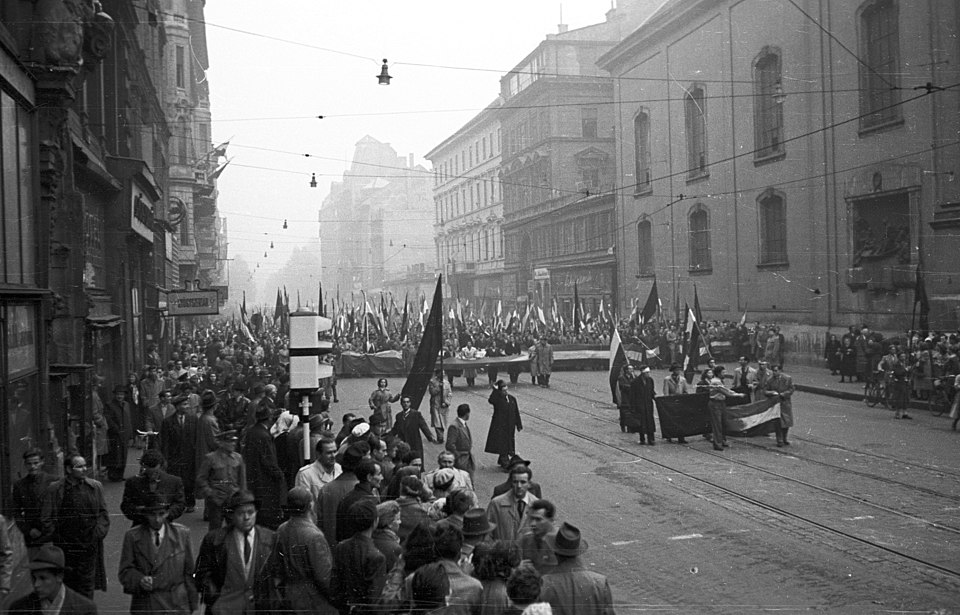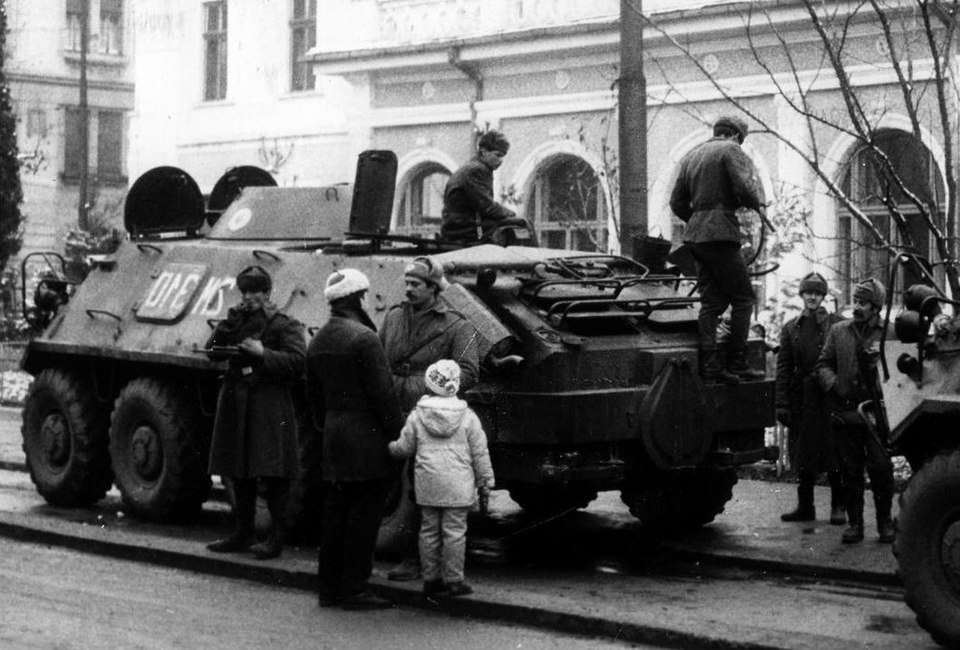In 1956, Russian hegemony in Eastern Europe was beginning to falter. In February, President Khrushchev delivered his “secret speech”, denouncing some of the actions of his predecessor Joseph Stalin. In June, Polish workers went on strike in Poznan for better working conditions and against a new mandatory work quota. A police station was taken over and the city’s Communist Party headquarters were trashed. Ten thousand troops eventually crushed the uprising at the cost of 80 lives—but a spark had been lit.
Four months later, a similar uprising erupted in Hungary when, following a student demonstration “in solidarity with our Polish brothers”, hundreds of thousands of people built barricades and fought pitched battles with Russian tanks. A statue of Stalin was torn down. This was not merely a student rebellion. Strikes were organised, and putative workers’ councils began to form. A Central Workers’ Council took charge of production in Budapest’s factories.
When protestors marched on the radio station, the AVH secret police fired into the crowd. Some Hungarian police and army switched sides and joined the demonstrators. Colonel Pál Maléter later recounted: “I received an order to set out with five tanks against insurgents. When I arrived at the spot, I became convinced that the freedom fighters were not bandits, but loyal sons of the Hungarian people. So I informed the Minister that I would go over to the insurgents.”
Journalist Peter Fryer was sent by the British Communist Party to denounce the uprising. Instead, he reported: “After eleven years the incessant mistakes of the Communist leaders, the brutality of the State Security Police, the widespread bureaucracy and mismanagement, the bungling, the arbitrary methods and the lies have led to total collapse. This was no counter-revolution, organised by fascists and reactionaries. It was the upsurge of a whole people, in which rank-and-file Communists took part.”
The Hungarian uprising was crushed by Soviet tanks, leaving an estimated 2,500 dead. The experience of resistance against the Soviet monolith disillusioned many Leftists, but it also indirectly contributed towards the growth of the New Left—socialists East and West who sought alternatives beyond both US and Soviet imperialism. This New Left would form the backbone of the struggles of the following decade, from opposition to the US war in Vietnam to the resistance against the Soviet invasion of Prague. Their legacy lives on.




